- Author Matthew Elmers [email protected].
- Public 2023-12-16 21:49.
- Last modified 2025-01-24 09:17.
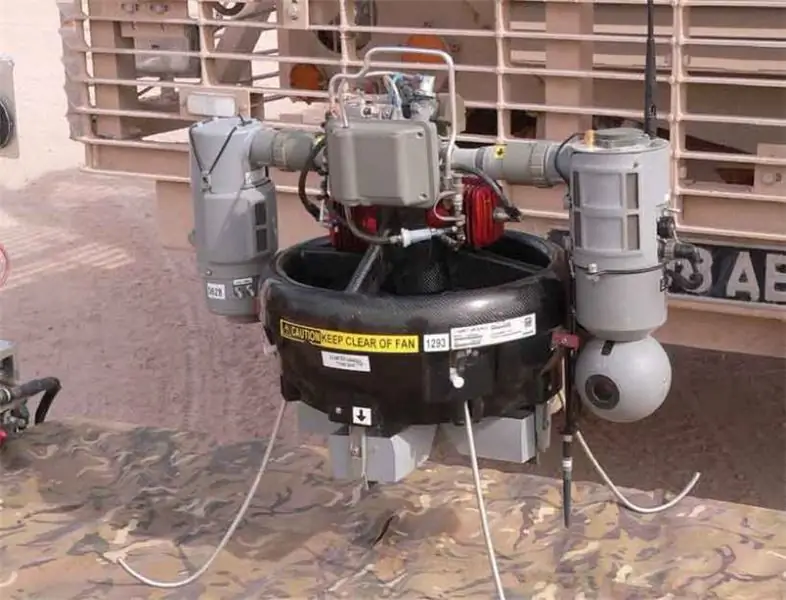
With the devastating power of IEDs being used across geographic regions, including Africa, Asia and South America, and with post-conflict countries plagued by abandoned, uncharted unexploded ordnance (UXO) and mines, the ability to quickly deal with these threats without risking the personnel involved is ubiquitous. has become an important strategic necessity. One of the ways to solve the problem may be the use of small multi-rotor vertical take-off and landing (VLT) vehicles for the search and destruction of explosive objects.
The beginning was laid in Operation Talisman of the British army in Afghanistan, during which a complex of systems was used to clear routes, detect and destroy IED mines and explosive traps, and clear a path for subsequent vehicles. One such system was Honeywell's T-Hawk mini-UAV with a 45-minute flight time. He monitored convoys and reconnoitred the route, and his air currents could blow sand away from a suspicious IED lying in front of the path.
Operation Talisman has become a kind of incentive for London-based SteelRock Technologies (SRT), which, in collaboration with Richmond Defense Systems (RDS), has developed a UAV-based explosive ordnance disposal system called SR1 Protector, capable of neutralizing a wide variety of IEDs and mines, both with air and from the ground. Designed to combat the growing threat of IEDs, this system is equipped with a payload consisting of an advanced thermal imaging optoelectronic camera and a 40mm recoilless disarming device with a coded fire control system.

The rotorcraft is based on the X8 KDE Direct system, which has brushless motors at the corners that rotate two counter-rotating propellers. The SR1 drone develops a maximum speed of 100 km / h, the maximum range of the data transmission channel is 150 km from the base station, they can remain in the air with a load of 50 kg for two 2 hours. In a series of tests at SteelRock's South Wales proving ground, the Protector successfully neutralized IEDs on the ground and in the air with its defuse device.
A similar IED neutralization system is being developed by the Singapore company ST Engineering in the form of the STINGER (Stinger Intelligent Network Gun Equipped Robotics) complex. The system is being developed as part of the Future Soldier Solution by ST Engineering and is a quadcopter armed with the world's lightest 5, 56 mm Ultramax U100 Mk.8 machine gun weighing 6, 8 kg with a constant recoil system on a biaxial universal damping joint, which allows fire from the drone in automatic mode with a fairly high accuracy at a distance of up to 300 meters. The STINGER is capable of recovering to its original position between shots in less than 1.5 seconds. It can carry 100 light polymer cartridges of 5.56 mm caliber, the system is also capable of tracking the target in automatic mode, using an advanced fire control system.
Florida-based Duke Robotics has also developed a fully robotic weapon system integrated into the aircraft. The TIKAD drone uses a unique solution to stabilize and recoil weapons. TIKAD is equipped with a lightweight gyro-stabilized electromagnetic suspension with 6 degrees of freedom, which is able to accept and stabilize a target load weighing three times its own weight. The TIKAD apparatus weighs 50 kg, can carry a target load of 9 kg, which can include an M4 carbine, an SR25 semi-automatic sniper rifle or a 40 mm grenade launcher. Although designed as an unmanned weapon system for use against terrorist groups and a corresponding risk reduction for deployed ground forces, it can be used to neutralize IEDs or mines. By the way, the TIKAD drone was purchased by the Israeli army.
Unmanned aerial systems (UAS) are very well suited for detecting unexploded ordnance over large areas or in inaccessible areas. Survey and detection of NBP is performed using various magnetometers, for example, a digital fluxgate magnetometer, which is a three-component, high-precision and low-noise vector instrument. During flight, the UAV is kept at an altitude of approximately one to three meters using a laser sensor in order to obtain accurate results with high resolution. All flight data such as speed, altitude and location are recorded and can be played back to improve the analysis of the survey. If the survey of the terrain requires flying at low altitudes in order to ensure the necessary accuracy and resolution, then drones with several rotor propellers are used. The weight of the drone with a magnetometer can be less than 4.5 kg.
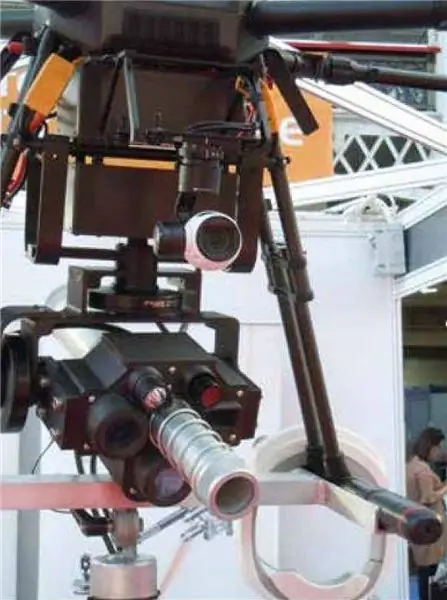
Recently, more and more often, synthetic aperture radar (SAR) radars are installed on UAVs, which can detect buried suspicious objects, for example, explosive objects, with good accuracy; in the overwhelming majority of cases, these are antipersonnel mines, NBP, as well as new era threats - IEDs. However, the complexity of this application requires new technologies and new system concepts for PCA. A recent study by the German Aerospace Center clearly showed that a polymetric, multistatic (with one transmit and multiple receive antennas), polygonal and multichannel SAR system, known in English terminology as P3M-SAR, can provide sufficient spatial resolution, reliable suppression of passive interference and is capable of detecting buried objects at a depth of 20 centimeters from a distance of several meters.
During testing, the drone-mounted P3M-SAR system, dubbed TIRAMI-SAR, has shown superior detection capabilities in several different scenarios simulating various environmental conditions and objects, including small plastic mines, such as the PFM-1 / PRB-M35, or push wooden strips for VCA. In addition, past experiments using inverse SAR technology have shown that high spatial resolution and complete determination of the azimuthal direction make it possible to identify artificial objects such as mines in the SAR image due to their spatial effective scattering area.

At present, due to the almost arbitrary trajectory of the UAV, it is possible to create corresponding images with SAR of the P3M-SAR type and, in parallel, to generate additional 3D images in order to effectively suppress interference. This synergy could lead to a system with advanced buried object detection and identification capabilities. There are two main modes of operation: the detection mode, which is based on a direct flight path along the investigated area using a multistatic and multichannel antenna array installed on the UAV; and an identification mode with a rather circular or spiral trajectory over a given area in order to study the area at a higher spatial resolution and perform tomographic (layer by layer) scanning.
UAVs can operate independently and in areas with difficult access, in most scenarios they can fly almost indefinitely directly over dangerous areas. In order to obtain a more advanced system, several drones can be used to create additional very high bistatic or multistatic angles of incidence of radio waves, which further expands the possibilities of detecting explosive objects.
The American company Giobal UAV Technologies recently received contracts from two customers in the United States to survey the area in order to detect UFOs. One of the filming was carried out by Pioneer Aerial Surveys, a division of Global UAV, which previously conducted a search for NBP in Pearl Harbor. Projects to search for NBP use the same drone-based UAV-MAG survey technology that the company uses for geophysical and geodetic surveys. The UAV-MAG technology uses the ultra-light GSMP-35U magnetometer from Gem Systems. Pioneer Aerial can use UAVs to conduct autonomous aerial surveys in ultra-high resolution, including at low altitudes, which makes it possible to detect UDOs.
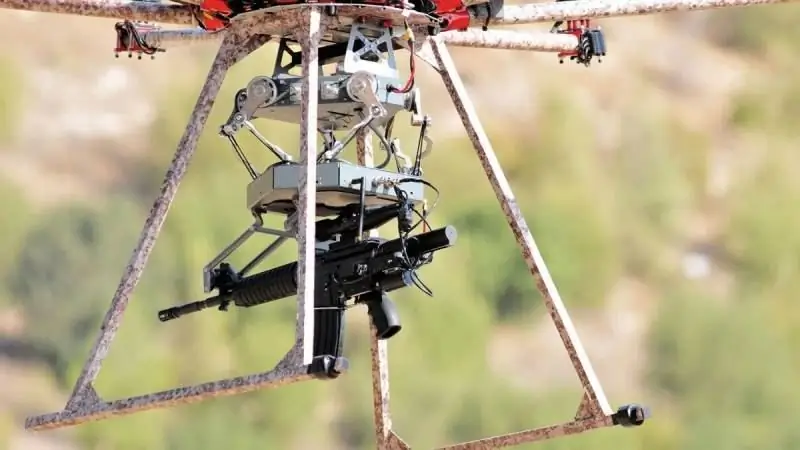
Organizations such as the US Army Corps of Engineers require innovative survey technologies to be included in their proposals for NWO search solutions. According to a representative of Global UAV Technologies, “The UAV-MAG imaging technology that we are developing proves its functional flexibility and reliability. Pioneer Aerial quickly gained a reputation as one of the world's leaders in drone geophysical surveying. The technology of detection and aerial imaging of NBP is developing quite rapidly, more and more innovative solutions appear in this area, which contributes to an increase in interest in our services and products."
Afghanistan appears to be the country that suffers the most from the dual threat of IEDs and NBPs. Two brothers from this country have developed a legal demining device developed as part of a global project designated Mine Kafon (MKD). Based in the Netherlands, MKD is developing a range of explosive ordnance demining solutions for a wide variety of post-conflict areas using disruptive technologies that could make mine clearance faster, safer, cheaper and easier.
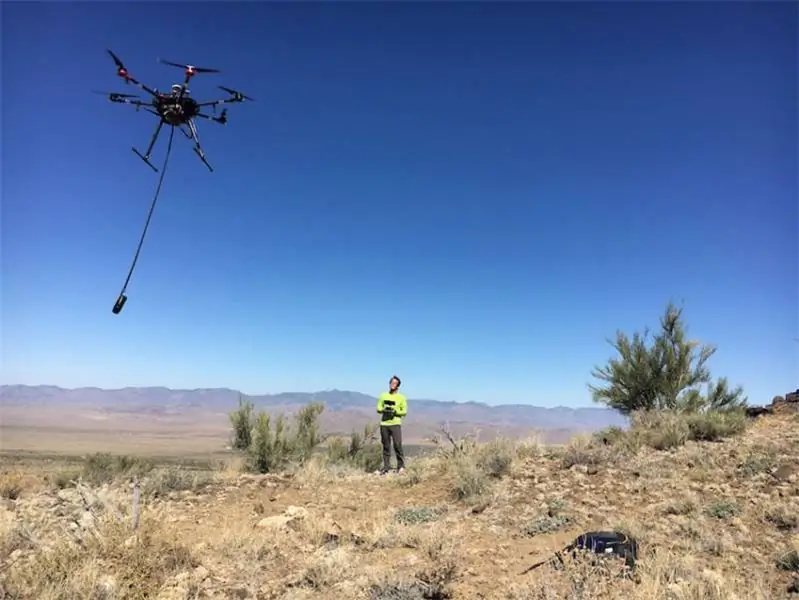
The former war zones are littered with millions of mines and other explosives, and every day these "lurking killers" maim and kill many civilians. Moreover, these mines also represent a major obstacle to the post-conflict economic and social development of the country. Survey and clearance of such areas from UFOs is still expensive and difficult due to problems associated with the type of terrain and many other factors.
MKD has designed several multi-rotor UAVs with GDP to combat NBP. A small and inexpensive micro-UAV Vento for aerial survey and mapping is available to those structures that need it most, including non-governmental organizations. The simple functional design of this UAV simplifies maintenance and repair, and the 3D printed body simplifies production, which accordingly affects its cost. Hazardous areas are identified by viewing video from a camera with high resolution and high power zoom. Next, the user identifies pits or craters on a digital map, as well as suspicious ground disturbances, after which a 3D map of the area of interest is created using the offline mapping mode.
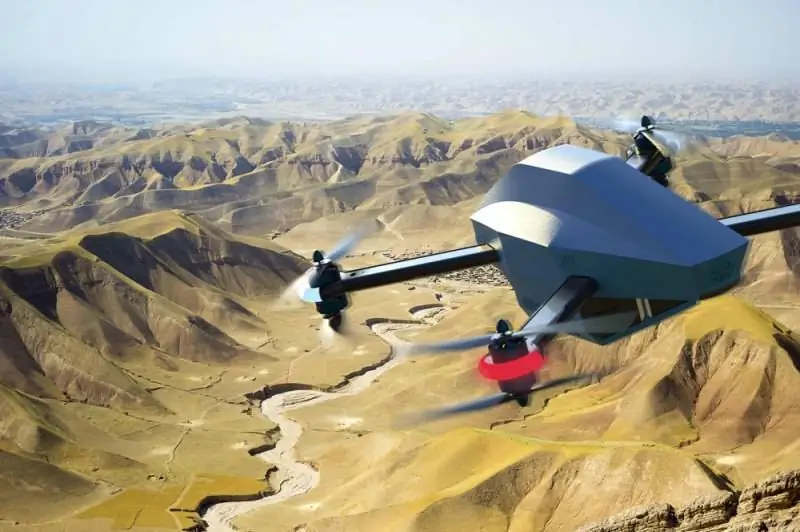
This map can then be used for further site inspections and possibly to identify hazardous areas using computer visualization algorithms. MKD's Destiny long-range reconnaissance micro-UAV is equipped with a high-resolution camera with x10 magnification, mounted on a three-axis gyro-stabilized electromagnetic gimbal. It is capable of flying to a range of up to 5 km while maintaining an accurate location using RTK (Real Time Kinematic Satellite Navigation System) technology. The Destiny's compact and rugged drone is built to withstand tough weather conditions and is made of durable carbon fiber to reduce weight and extend flight time to one hour. With eight electric motors, the Destiny drone can continue flying if one or two motors fail.
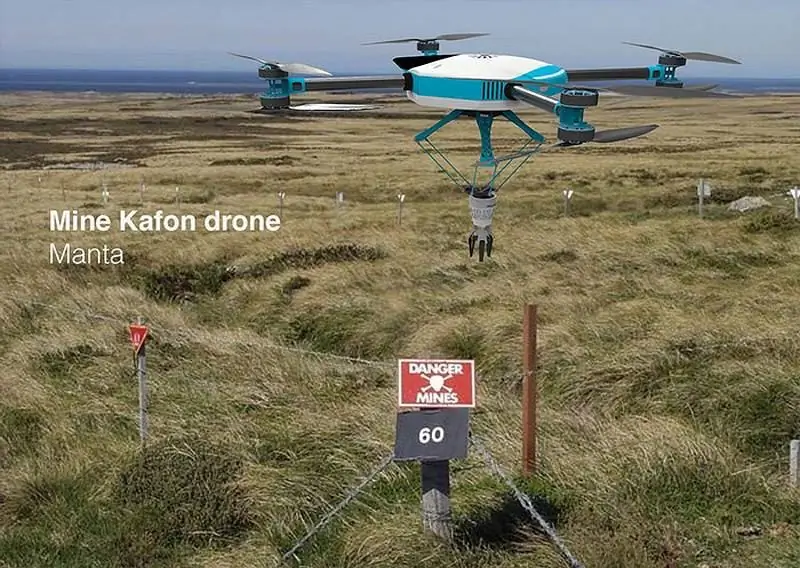
Based on 3D maps created by cartographic drones, MKD's heavy autonomous Manta UAV flies over a given area, methodically "scanning" every meter of it. It is capable of carrying a variety of detection sensors, including a metal detector, a subsurface sensing radar, and a sample collection device for chemical analysis. In order to obtain information about the exact location, the data from the sensors are processed using data fusion algorithms. Depending on the surrounding terrain and identification data, the explosive object is either detonated using a remotely controlled explosive device carried by a drone, or it is rendered harmless by a sapper. Eight powerful electric motors and coaxial propellers allow the Manta drone to carry mine clearance robots and sensors with a total weight of up to 30 kg. Eight 6S batteries (installed in smartphones) provide a maximum flight time of 60 minutes. The flexible Manta platform, which can be "reflashed" by software in a matter of seconds to perform various tasks, is compatible with all MKD demining drones, including Destiny weighing 6.6 kg. The Manta UAV is compatible with the Mine Kafon GCS ground control station, the software of which, in addition to the functionality common to the entire line of drones of this company, also provides specific interfaces for each autonomous system.






